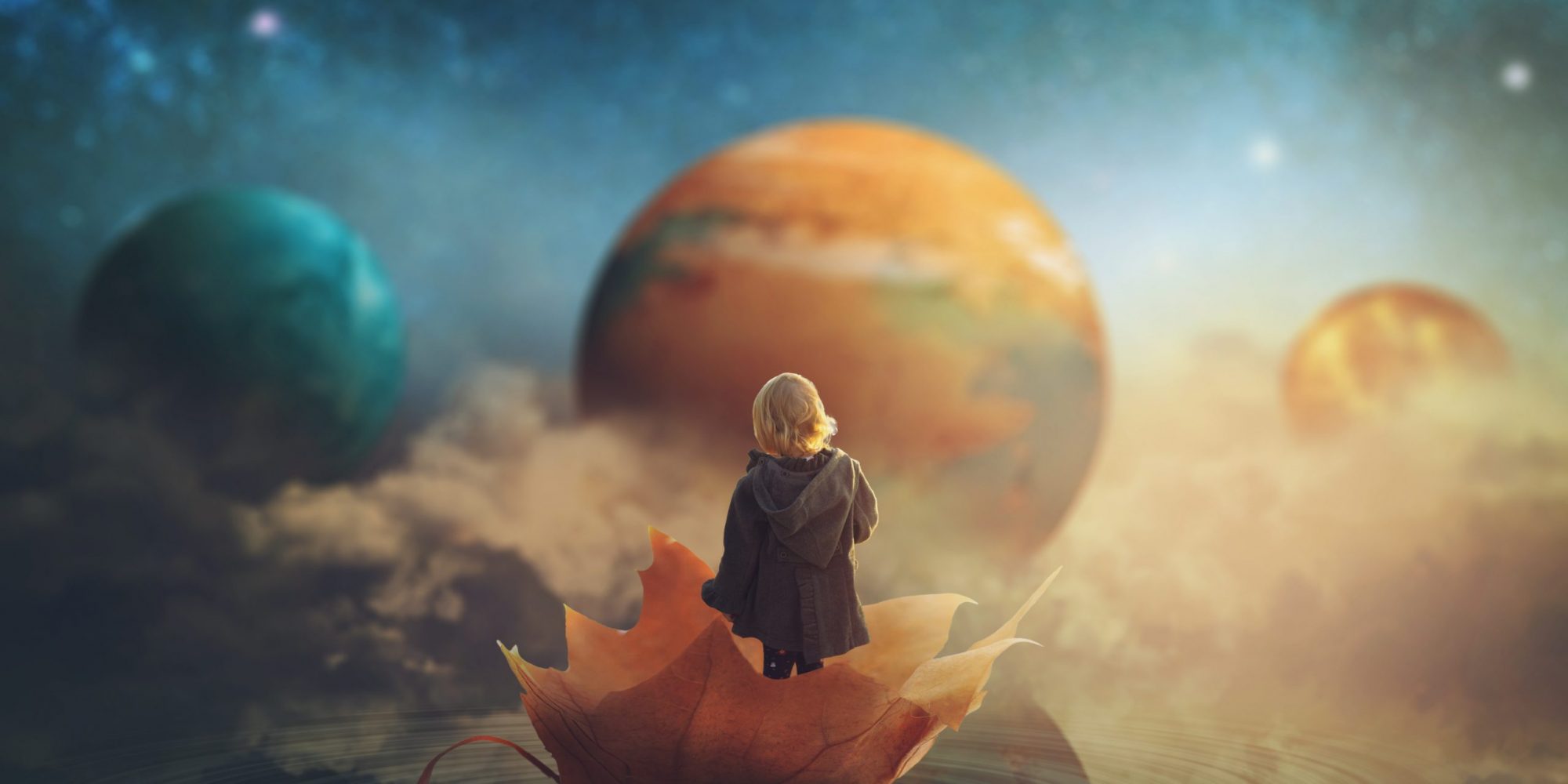

↑ Stan Gooch, Total Man (London 1975) p.Jung, Mysterium Coniunctionis (London 1963) p. Shelburne, Mythos and Logos in the Thought of Carl Jung (1988) p. Jung, Man and his Symbols (London 1978) p. Jung, The Archetypes and the Collective Unconscious (London 1996) p. New Age writer Healy goes further, claiming that Jung himself 'dared to suggest that the human mind could link to ideas and motivations called the collective unconscious.a body of unconscious energy that lives forever'. Marie-Louise von Franz accepted that 'it is naturally very tempting to identify the hypothesis of the collective unconscious historically and regressively with the ancient idea of an all-extensive world-soul'. However, Jung was 'also at pains to stress the numinous quality of these experiences, and there can be no doubt that he was attracted to the idea that the archetypes afford evidence of some communion with some divine or world mind', and perhaps 'his popularity as a thinker derives precisely from this' - the maximal interpretation. Sometimes he seems to regard the predisposition to experience certain images as understandable in terms of some genetic model' - as with the collective arm. Others point out however that 'there does seem to be a basic ambiguity in Jung's various descriptions of the Collective Unconscious. Thus 'one could as easily speak of the "collective arm" - meaning the basic pattern of bones and muscles which all human arms share in common'. an inherited, species-specific, genetic basis'. In a minimalist interpretation of what would then appear as 'Jung's much misunderstood idea of the collective unconscious', his idea was 'simply that certain structures and predispositions of the unconscious are common to all of us. Jung also made reference to contents of this category of the unconscious psyche as being similar to Levy-Bruhl's use of collective representations or "représentations collectives," Mythological "motifs," Hubert and Mauss's "categories of the imagination," and Adolf Bastian's "primordial thoughts." Jung considered that 'the shadow' and the anima/animus differ from the other archetypes in the fact that their content is more directly related to the individual's personal situation', and less to the collective unconscious: by contrast, 'the collective unconscious is personified as a Wise Old Man'. Archetypes and collective representations Jung linked the collective unconscious to 'what Freud called "archaic remnants" - mental forms whose presence cannot be explained by anything in the individual's own life and which seem to be aboriginal, innate, and inherited shapes of the human mind'.

It consists of pre-existent forms, the archetypes, which can only become conscious secondarily and which give definite form to certain psychic contents.”

This collective unconscious does not develop individually but is inherited.


 0 kommentar(er)
0 kommentar(er)
